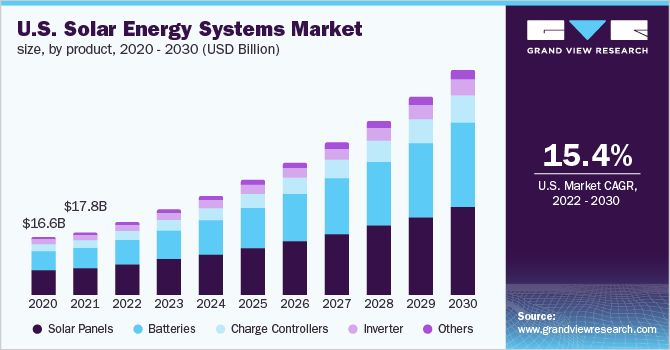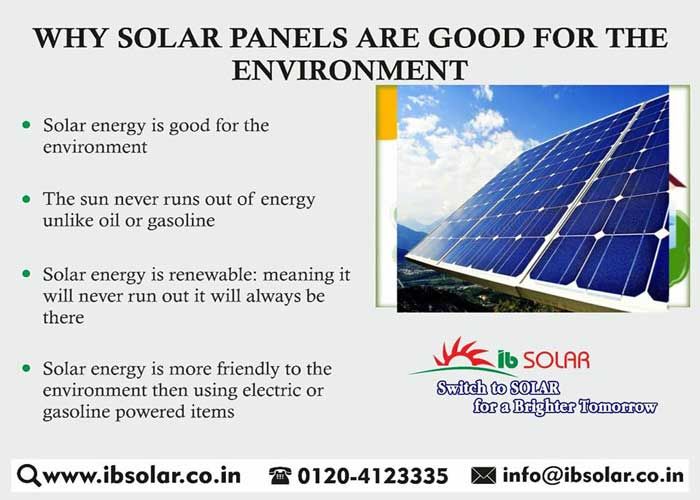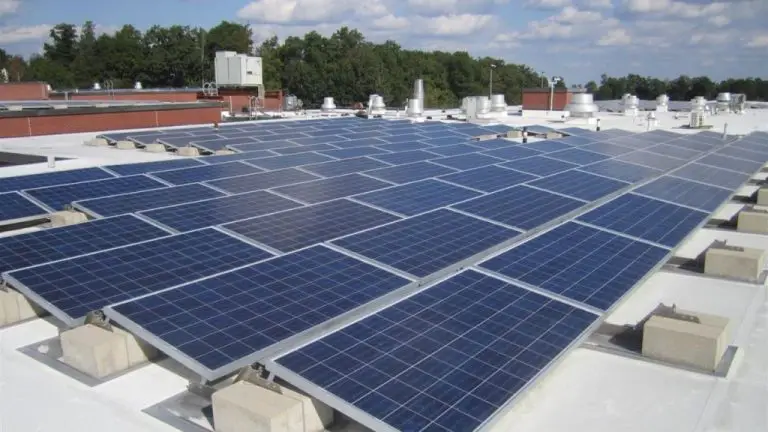Is Solar A Booming Industry?
Is Solar a Booming Industry?

Over the past decade, solar power has experienced explosive growth around the world. The solar industry has gone from a niche player to a major force in the energy sector. This rapid expansion shows no signs of slowing down. In fact, the solar boom is just getting started.
So what is driving this solar surge? Several key factors have aligned to propel solar energy into the mainstream. Costs have plummeted, making solar power competitive with fossil fuels. Supportive policies have accelerated solar adoption. Innovations have improved solar technology and expanded applications. The potential environmental and economic benefits have made solar an appealing choice.
In this article, we’ll explore the solar boom in depth. We’ll look at the falling costs, supportive policies, grid parity milestones, job creation, and future projections driving industry growth. We’ll also highlight challenges solar must still overcome. Understanding the forces behind the solar boom provides insights into the future of this dynamic industry.
Growth of Solar Industry
The solar energy industry has experienced rapid growth in recent years. According to the Solar Energy Industries Association (SEIA), the U.S. installed 14.8 gigawatts (GW) of solar photovoltaic (PV) capacity in 2016, nearly doubling the amount installed in 2015 [1]. This represents a growth rate of 95% year-over-year. In total, the U.S. now has over 40 GW of installed solar capacity, enough to power around 8 million homes.
Worldwide, solar PV installations reached 76 GW in 2016, up from 56 GW in 2015 according to Bloomberg New Energy Finance [2]. This represents a 36% annual growth rate. The rapid decline in solar PV costs is enabling increased adoption around the world. The International Renewable Energy Agency predicts global solar capacity could reach up to 4,500 GW by 2050 under an optimistic scenario [3].
Cost Declines
The cost of solar power has decreased significantly over the past decade. According to the National Renewable Energy Laboratory (NREL), the median installed price of residential systems fell by over 50% from 2010 to 2020 1. Commercial and utility-scale solar has seen similar price drops of around 70% during that time.
There are a few key factors driving these cost declines:
- Falling module prices – Improved manufacturing and economies of scale have dramatically reduced the cost of solar panels and cells.
- Lower soft costs – Installation labor, customer acquisition, permitting, etc. are much lower than they used to be.
- Higher efficiency modules – New solar panels can convert sunlight to electricity more efficiently, so you need fewer panels.
Industry experts predict this cost curve will continue in the years ahead. According to the U.S. Department of Energy, the average cost of solar panels is expected to drop by another 40% by 2030 2. This ongoing trend makes solar power increasingly competitive with fossil fuels.
Policy Support
Government incentives at both the federal and state levels have played a major role in driving growth in the solar industry. The federal investment tax credit (ITC) offers a 26% tax credit for residential solar installations and 22% for commercial installations as of 2020. The ITC is available until 2024, when it will begin phasing down. Some states like California also offer additional rebates and incentives for installing solar panels. For example, California has initiatives like the California Solar Initiative rebate program and property tax exemptions for solar installations.
According to Energy.gov’s Homeowner’s Guide, “Solar PV systems installed in 2020 and 2021 are eligible for a 26% tax credit.”
The Solar Energy Industries Association states that “There is a federal investment tax credit (ITC) for solar energy systems in place until December 31, 2023.” Source
With strong policy support at both the state and federal level, the solar industry has benefited from incentives that help reduce the upfront costs of installations for homeowners and businesses.
Grid Parity
One of the most important factors propelling the solar industry’s growth is that solar energy has now reached grid parity in many parts of the world. Grid parity occurs when solar energy can generate electricity at a levelized cost that is less than or equal to electricity from the grid.
According to a 2012 study from the National Renewable Energy Laboratory (NREL), residential solar PV systems in the U.S. have reached socket parity in various states like California, Hawaii, and New Jersey. The key drivers enabling grid parity for solar include declining module prices, advancements in system components, and various incentives. As solar electricity reaches socket parity across more regions, it accelerates the transition away from fossil fuels.
Reaching grid parity is a pivotal milestone for solar because it demonstrates its cost competitiveness with conventional power generation. This makes “going solar” an increasingly financially attractive option for households and businesses looking to reduce electricity bills.
Job Creation
The solar energy industry has been a major engine for job growth and employment opportunities. According to the U.S. Department of Energy, there were over 12,000 new jobs added in the solar industry in 2022, representing 3.7% growth (DOE Report Finds Clean Energy Jobs Grew in Every State in 2022). In 2021 alone, the global renewable energy workforce grew to nearly 13 million jobs, with solar energy being the fastest growing sector and providing 4.3 million jobs that year (Renewable energy jobs rise by 700,000 in a year, to nearly 13 million). The rapid expansion of solar power generation capacity and installations has driven strong employment growth. Jobs are being added across the solar value chain, from manufacturing to construction, installation, operations, maintenance and more. The solar industry is providing quality employment opportunities across a diverse range of roles and skill sets.
Challenges
While solar energy has seen massive growth, it also faces some key challenges. One major issue is intermittent generation – solar energy can only be captured when the sun is shining. This can make managing grid stability more complex, as supply fluctuates depending on weather and time of day (Constellation). Solar farms also require significant land area, raising concerns about habitat loss and land use conflicts. According to one estimate, transitioning to 100% solar power in the US would require solar arrays covering roughly 10% of the country’s total land area (Harvard Business Review). These factors illustrate why solar on its own may have difficulty meeting all energy needs without complementary sources or large-scale storage solutions.
The Future
With the cost of solar declining rapidly, projections show strong continued growth and adoption of solar energy in the future. According to the Solar Futures Study by the National Renewable Energy Laboratory (NREL), solar energy could provide up to 40% of total U.S. electricity by 2035 and 45% by 2050 with continued supportive policies [1]. Global solar PV installations are forecast to grow by over 1700 gigawatts between 2022 and 2027, a near tripling of capacity according to projections by the International Energy Agency (IEA) [2]. Research by MIT finds that solar alone could provide up to 69% of U.S. electricity by 2050 if new technologies like perovskite solar cells reach commercialization [3]. With continued declines in cost and advances in technology, solar is positioned to play a major role in the global transition to clean energy.
Major Players
The solar industry has seen tremendous growth over the past decade, and several companies have emerged as leaders in residential and commercial solar installation. According to Forbes, some of the top solar companies in 2024 include:
SunPower – With over 30 years of experience, SunPower is known for its high-efficiency solar panels and complete system designs. SunPower panels have an efficiency rating of over 20%, compared to around 16% for standard panels. The company provides services throughout the US and Canada.
Tesla – Best known for its electric vehicles, Tesla also produces solar panels, batteries, and other clean energy products. Since its 2016 acquisition of SolarCity, Tesla has become one of the largest solar installers in the country by providing cost-competitive solutions.
ADT Solar – Previously known as Sunpro Solar, ADT Solar focuses on residential solar with customized system designs and batteries. It offers flexible financing options, robust warranties, and strong customer service. ADT Solar operates in over 22 states.
Other major players include national companies like Sunrun, Vivint Solar, and SolarEdge. There are also numerous regional solar providers that focus on specific markets. The increased competition has driven down costs and given homeowners more options for installing solar panels.
Conclusion
In summary, the solar industry has experienced explosive growth over the past decade, driven by rapidly declining costs and supportive policies. Solar is now cost-competitive with conventional energy sources in many parts of the world, reaching grid parity. The industry has created hundreds of thousands of jobs worldwide. However, challenges remain around intermittency and storage. The future is bright for solar energy as costs continue to fall and energy storage solutions improve. With its abundant resource and environmental benefits, solar is poised to play a major role in the global transition to clean energy.







